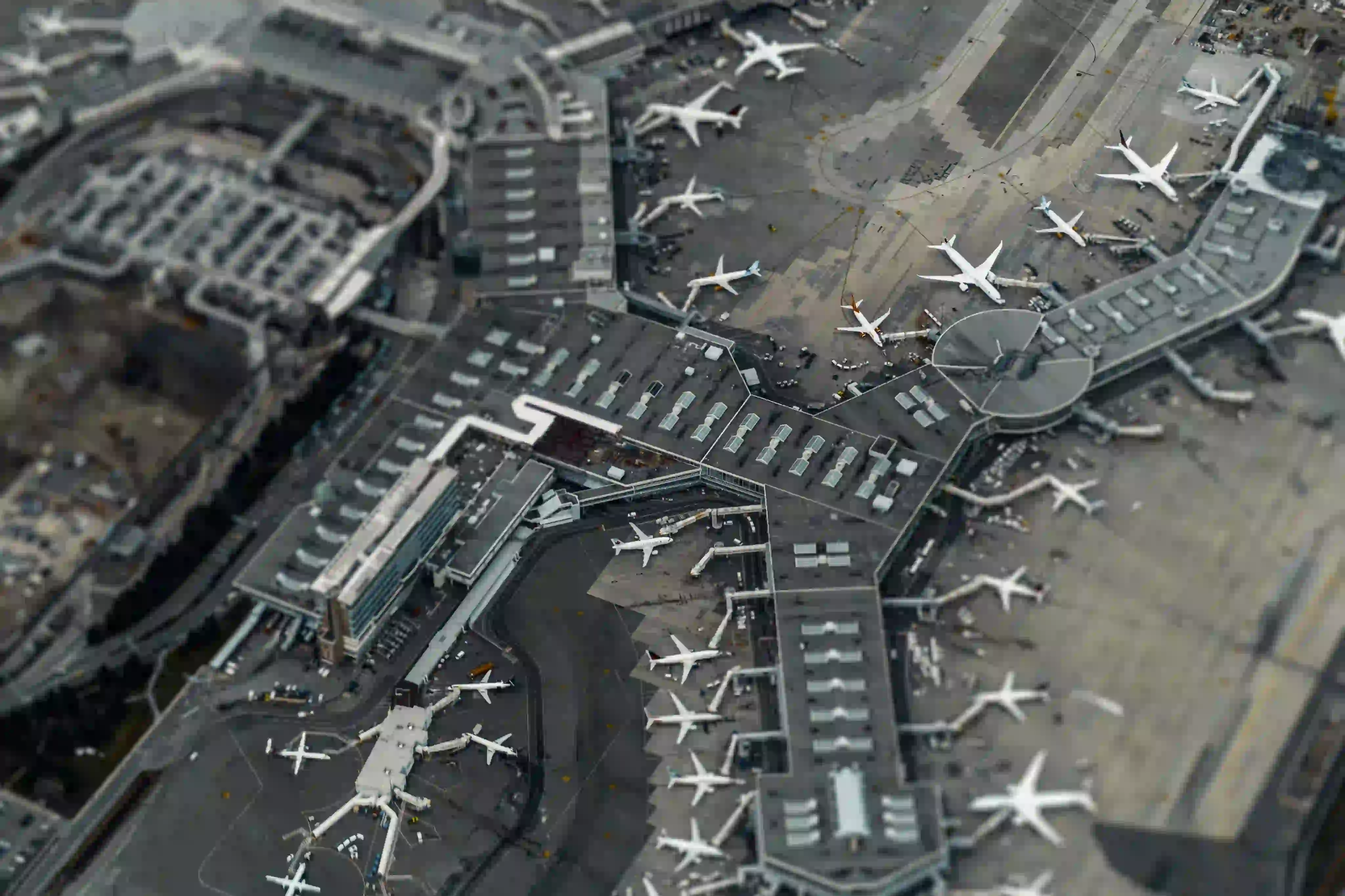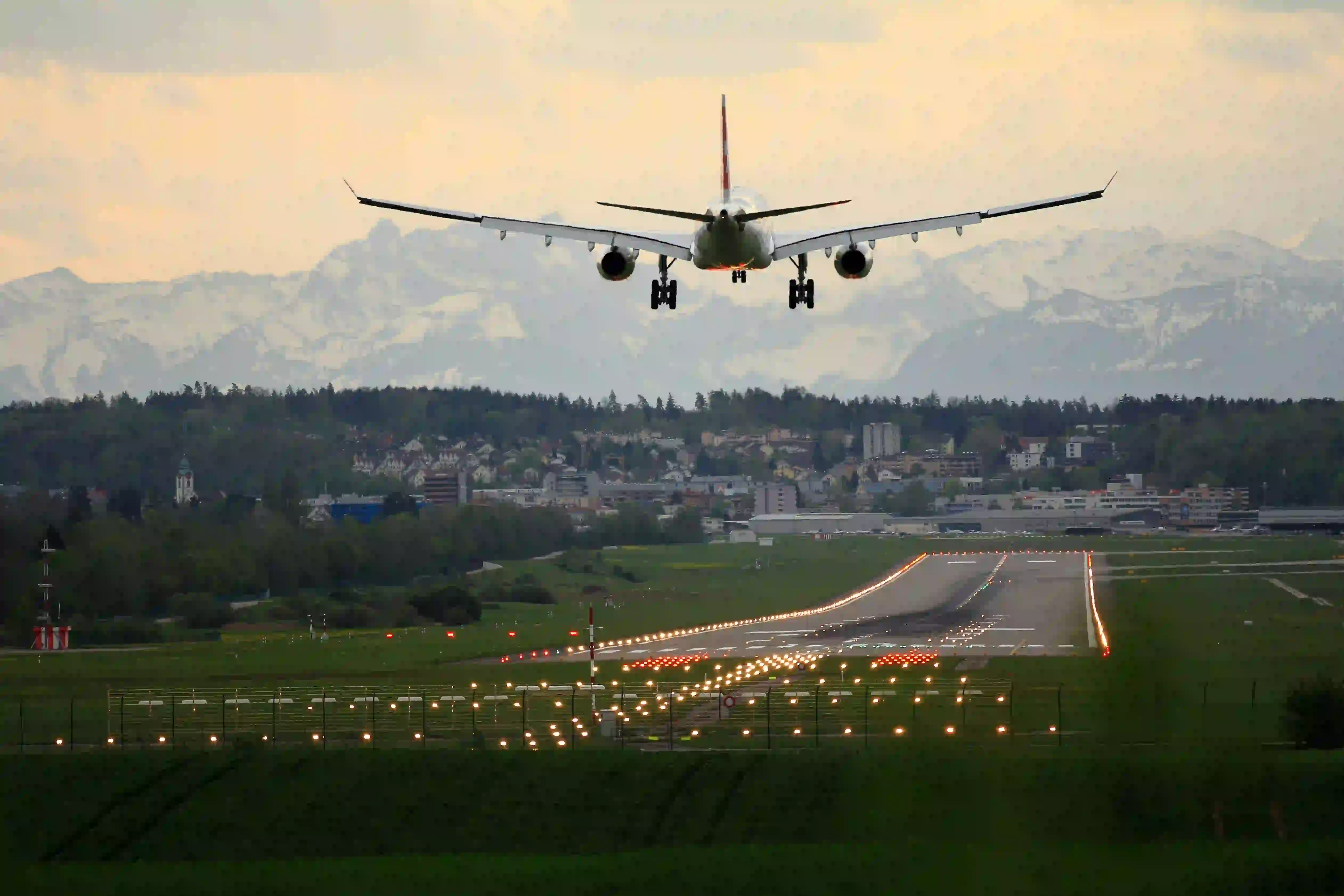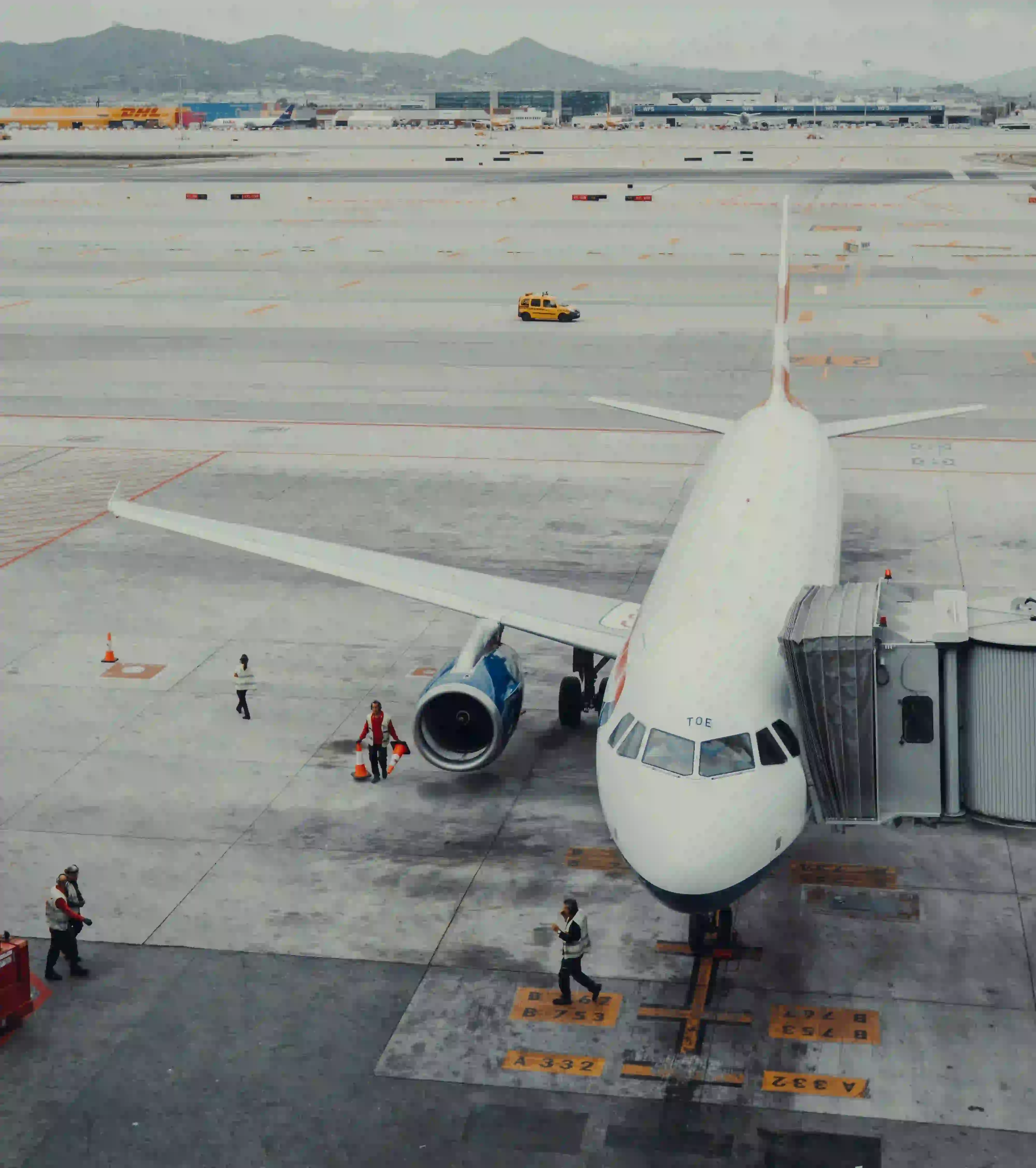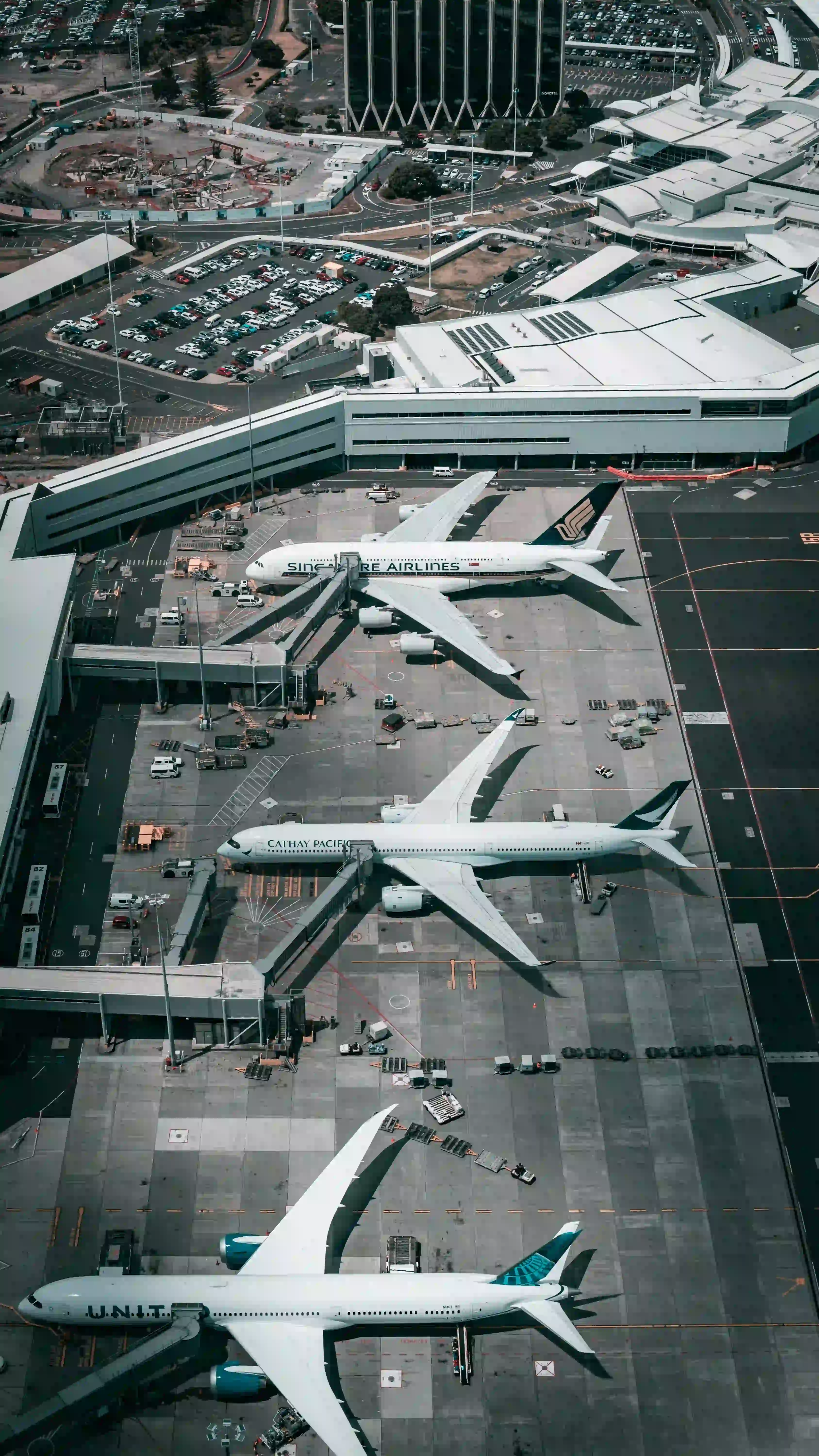The world of aviation is a complex system where safety is paramount. One of the key aspects that contribute to aviation safety is the human factors in aviation. These factors play a significant role in aviation maintenance, influencing the efficiency and reliability of operations.

History of Human Factors in Aviation
Human Factors in Aviation is a field that focuses on understanding the interactions between humans and the systems they operate, particularly in the context of the aviation industry. It has a rich history that has evolved alongside the development of aviation technology.
Early Aviation (1900s - 1940s)
In the early days of aviation, the focus was primarily on the development of aircraft and the skills of the pilots. Human factors were not a significant concern, as the technology was relatively simple and the number of flights was low.
World War II (1940s)
The importance of human factors in aviation became more apparent during World War II. The complexity of aircraft increased dramatically, and the number of pilots and flights skyrocketed. As a result, there was an increase in accidents, many of which were related to human error. And the U.S. military began to invest in research to understand these errors and how to prevent them. This marked the birth of the field of aviation human factors.
Post-War Era (1950s - 1960s)
After the war, the field of human factors continued to grow. The focus expanded beyond just pilots to include other roles such as air traffic controllers and maintenance personnel. Research began to look at issues such as workload, decision making, and communication.
Jet Age (1970s - 1980s)
The advent of jet aircraft brought new challenges. These aircraft were faster and more complex, increasing the demands on pilots. This led to a focus on issues such as automation, training, and crew resource management (CRM). CRM, in particular, was a major development, focusing on the importance of teamwork and communication in the cockpit.
Modern Era (1990s - Present)
In the modern era, human factors in aviation has become a mature field. It is now recognized as a critical component of aviation safety. The focus has expanded to include issues such as human-computer interaction, fatigue, and organizational culture. The advent of unmanned aerial vehicles (drones) has also brought new challenges and opportunities.
Importance of Human Factors in Aviation
The importance of human factors in aviation cannot be overstated. They contribute to over 70% of aviation accidents and incidents. Understanding and managing these factors can significantly enhance aviation safety and operational efficiency. This is particularly true in aviation maintenance, where the smallest error can have catastrophic consequences.

What are the 12 Human Factors in Aviation?
The Dirty Dozen
The Dirty Dozen is a term used to describe the 12 most common human factors that contribute to errors in aviation maintenance. These factors are:
1. Lack of Communication
Poor communication can lead to misunderstandings, misinterpretations, and ultimately, errors. Effective communication is crucial in aviation maintenance to ensure that all team members are on the same page.
2. Complacency
Complacency can lead to oversights and mistakes. It's essential to maintain a high level of vigilance at all times in aviation maintenance.
3. Lack of Knowledge
Without the proper knowledge, maintenance personnel can make errors that can compromise the safety of an aircraft. Continuous learning and training are key to preventing this.
4. Distractions
Distractions can cause maintenance personnel to lose focus and make mistakes. It's important to create an environment that minimizes distractions.
5. Lack of Teamwork
Teamwork is crucial in aviation maintenance. A lack of teamwork can lead to errors and inefficiencies.
6. Fatigue
Fatigue can impair judgment and performance. Fatigue management in aviation is critical to ensure that maintenance personnel are always at their best.
7. Lack of Resources
Without the necessary resources, maintenance personnel may be forced to cut corners, leading to potential errors.
8. Pressure
Pressure can lead to rushed work and mistakes. It's important to manage pressure effectively to ensure high-quality work.
9. Lack of Assertiveness
A lack of assertiveness can prevent maintenance personnel from speaking up about potential issues or errors. Encouraging assertiveness can help to prevent mistakes.
10. Stress
Stress can impair judgment and performance. Stress management in aviation is crucial to maintaining high standards of work.
11. Lack of Awareness
A lack of awareness can lead to oversights and errors. It is critical to be mindful of the work at hand as well as the potential hazards involved.
12. Norms
Norms refer to the accepted ways of doing things. If these norms are unsafe, they can lead to errors. It's important to establish and enforce safe norms in aviation maintenance.

Human factors vs. Technical Factors in Aviation Incidents
While technical factors can contribute to aviation incidents, human factors are often the root cause. This is because even the most advanced technology is still operated and maintained by humans, and human error can lead to accidents. Therefore, understanding and managing human factors is key to improving aviation safety.
Role of Leadership in Promoting Human Factors Awareness in Aviation
Leadership plays a crucial role in promoting human factors awareness in aviation. Leaders are responsible for creating a culture that values safety and recognizes the importance of human factors. They should encourage continuous learning and provide the necessary resources for effective human factors training.
How can pilots and maintenance personnel be trained to understand and manage human factors effectively?
Training is key to understanding and managing human factors in aviation. This training should cover the Dirty Dozen, communication skills, stress and fatigue management, and other relevant topics. Simulation-based training can also be effective, as it allows pilots and maintenance personnel to practice managing human factors in a safe environment.
What are the Human Factors of Air Traffic Controller?
Air traffic controllers, like pilots and maintenance personnel, are also affected by human factors. These can include fatigue, stress, a lack of communication, and others. Human factors training is equally important for air traffic controllers to ensure the safety and efficiency of air traffic control operations.
How can aviation organizations integrate human factors principles into their operations?
Aviation organizations can integrate human factors principles into their operations by incorporating them into their safety management systems, providing regular human factors training, and promoting a culture that values safety and recognizes the importance of human factors. They should also implement best practices for managing fatigue, stress, and other human factors.
What are the Most Common Aviation Maintenance Errors?
The most common aviation maintenance errors are often related to the Dirty Dozen. These can include errors due to lack of communication, complacency, lack of knowledge, distractions, and others. By understanding and managing these human factors, aviation maintenance errors can be significantly reduced.

What are the 3 Key Strategies to Reduce Human Error?
The three key strategies to reduce human error in aviation are:
Training: Regular human factors training can help pilots, maintenance personnel, and air traffic controllers understand and manage human factors effectively.
Culture: Promoting a culture that values safety and recognizes the importance of human factors can encourage personnel to always prioritize safety.
Systems: Incorporating human factors principles into safety management systems can help to identify and manage human factors proactively.
Recommendations
If you're looking for some references on this topic, here are some books and resources that are widely recognized in the field:
"Human Performance & Limitations in Aviation" by R. D. Campbell and M. Bagshaw.
"Human Factors in Aviation" by Eduardo Salas and Dan Maurino.
"Crew Resource Management" by Barbara Kanki, Robert Helmreich, and Jose Anca.
"The Human Factor: Revolutionizing the Way People Live with Technology" by Kim Vicente.
FAA's Human Factors in Aviation Maintenance and Inspection (HFAMI) research program.
NASA's Aviation Safety Reporting System (ASRS).
Conclusion
In summary, the history of human factors in aviation is a story of continuous learning and adaptation. As aviation technology has evolved, so has our understanding of the human element. Today, human factors is recognized as a critical component of aviation safety and is an integral part of the design, operation, and regulation of aviation systems.
References:
Hawkins, F. H. (1987). Human Factors in Flight. Ashgate.
O'Hare, D. (1992). The "Dirty Dozen": Twelve Failure Modes in Human Factors. Aviation Safety Digest.
Reason, J. (1990). Human Error. Cambridge University Press.
Wickens, C. D., Hollands, J. G., Banbury, S., & Parasuraman, R. (2015). Engineering Psychology & Human Performance. Psychology Press.
International Civil Aviation Organization (ICAO). (2002). Human Factors Training Manual. ICAO.
